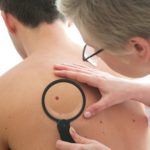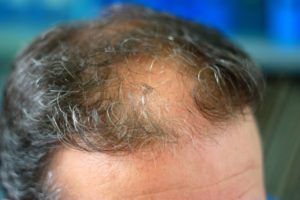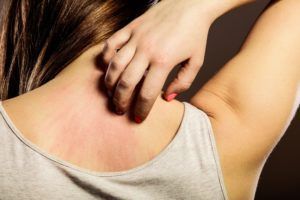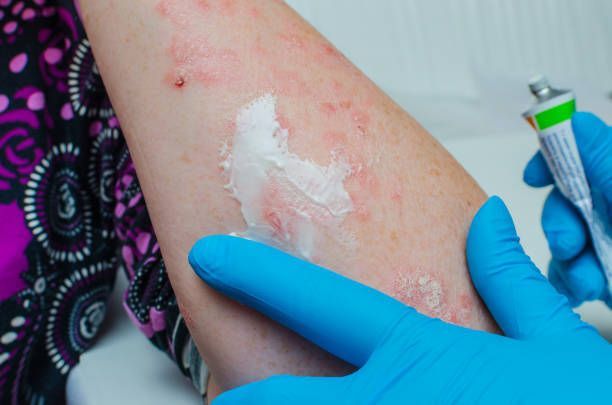Living With Rosacea: What You Should Know
Rosacea is a common dermatological condition that causes red bumps, a burning sensation, sensitivity, and redness. Most patients with rosacea are adults between the ages of 30 and 50, but the condition can impact anyone at any age. Although rosacea doesn’t have a cure, a dermatologist can help you reduce flare-ups and manage symptoms.
What Causes Rosacea?
The precise cause of rosacea is unknown. However, scientists have suggested some potential factors such as an overactive immune system, genes, and abnormalities in the blood vessels. Rosacea has numerous triggers.
Food and Drinks
Spicy and hot foods are among the top triggers of rosacea flare-ups. Hot peppers, hot sauces, and fiery spices trigger flushing and redness. If you love spicy foods, switch to milder seasonings and fresh herbs that add flavor, and reserve hot foods for rare occasions.
Alcohol, mainly red and sparkling wine, dilates facial blood vessels and makes skin flush. Other rosacea flare-ups are hot beverages, milkshakes, ice cream, and other dairy-based foods. If you think that your diet causes flushing and redness, create a food diary to help you track your triggers.
Stress
The increased inflammation resulting from stress can worsen rosacea symptoms, and you may notice severe flare-ups when you encounter a stressful life event. Prioritize stress-management techniques like meditation, rest, and eating right if you have rosacea.
Exercise
Your skin overheats during intense workouts, resulting in rosacea flare-ups. However, don’t stop regular activity, but be mindful of how you exercise. For instance, exercise in evening or morning hours, rather than under the sun’s full glare. If you must go outside then, keep to shaded trails and stay hydrated.
Another tip is to work out for shorter periods throughout the day rather than one long, intensive session. Low-intensity workouts in an air-conditioned space are great substitutes for demanding sessions that raise your body temperature. Also, take cool showers after workouts.
Hot Baths and Saunas
The hot bath you look forward to after a tiring day dilates skin vessels and can cause frequent rosacea flare-ups. Cold water is also not kind to rosacea skin, and your bath water should be close to your body temperature.
Weather
For many rosacea patients, a hot sunny day means flushing and redness. Cold weather isn’t better either, as pores clog more readily, while windy conditions worsen rosacea flare-ups. If you have rosacea, check the forecast and take the necessary precautions, like layering sunscreen on sunny days or piling on a jacket to avoid getting cold on windy days.
How Is Rosacea Diagnosed?
You may have rosacea if you experience persistent redness, flushing, small red bumps, or visible blood vessels. However, the expertise of a dermatologist is necessary to rule out other conditions like lupus and seborrheic dermatitis, which cause similar symptoms. Your dermatologist examines your skin, asks about your symptoms, and checks your medical history.
How Can You Treat Rosacea?
Rosacea symptoms differ between individuals, and your dermatologist will customize a treatment plan for you. If you have mild symptoms that don’t disturb you, the doctor can recommend gentle skincare products and lifestyle modifications.
If you have severe rosacea symptoms, you can combine topical creams, antibacterial face washes, and antibiotic medication like tetracycline and doxycycline. Sun protection is a vital part of rosacea treatment, and dermatologists recommend sun avoidance, broad hats, and a thorough use of sunscreen.
Also, treat your skin like it’s sensitive and avoid physical exfoliants, products loaded with fragrance, and cleansers with detergents or surfactants. Your dermatologist helps you identify your triggers to limit flare-ups and reduce the severity of rosacea symptoms.
While rosacea has no cure, dermatological care can help you manage its symptoms. At East Carolina Dermatology and Skin Surgery, PLLC, we provide comprehensive treatment to people who suffer from rosacea and enhance their quality of life. Contact us today for prompt rosacea treatment.










